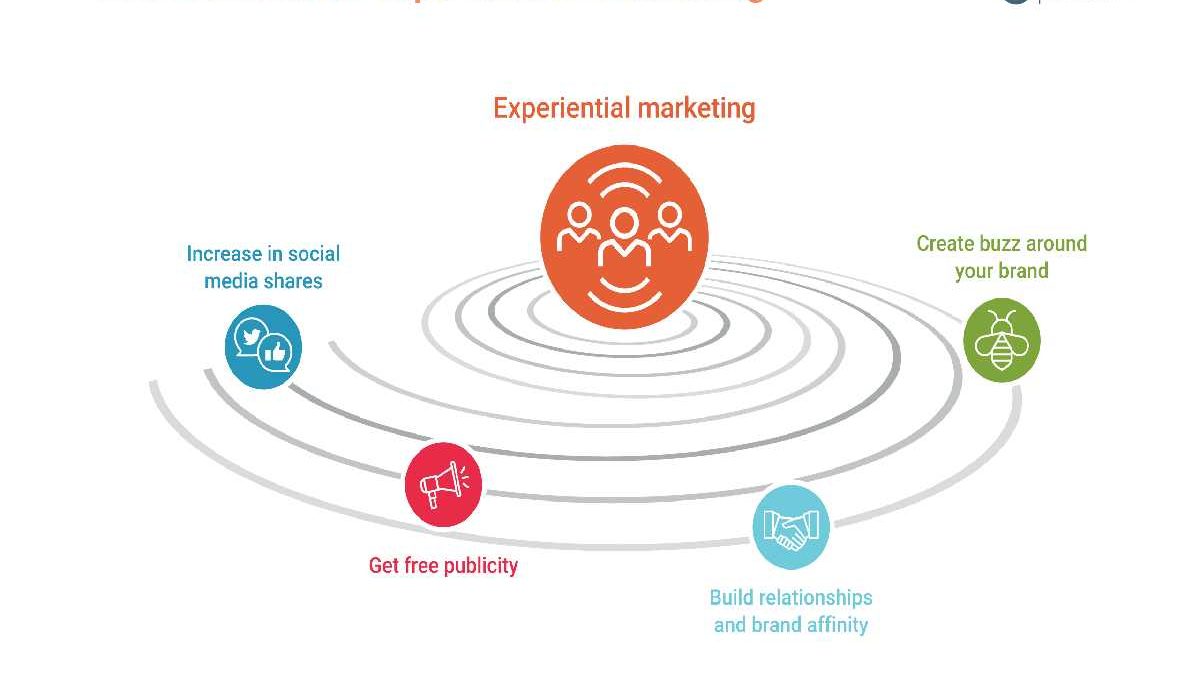Experiential Marketing According to the RAE, the experience is the fact of having felt, known or witnessed. Suppose we add the term “marketing”. In that case, the definition evolves toward the strategy or philosophy of creating experiences to reach the customer creatively and memorably while creating emotional bonds between consumers and brands.
Experiential marketing is a marketing technique based on customer experience. This technique requires a significant investment since it involves a constant link with the client, particularly in terms of his feelings and his feedback. Its main objective is to offer a service or a product that will allow the consumer to live a unique experience, which will leave him with a lasting positive image of the company.
Experiential marketing is based on user experience. The notions of pleasure and happiness are then a priority to anchor the image of the company in the minds of customers. This type of marketing can take different forms: improving reception and customer service, dramatizing the point of sale, immersive brand experience, etc.
Once the purpose of the experiential market is clear, it should note that the most important thing is the focus, that is, the customer and not the product or the brand.
Brands capable of stimulating our senses make us life experiences that will later remain in the minds of our consumers—the sensory pleasure of the emotions and feelings generated by these experiences are essential for decision making.
Table of Contents
How To Carry Out An Experiential Marketing Action?
There is no concrete guide on experiences in marketing. Each brand is different, and each person is a world. Before tricking us into a specific occasion, we must study our target audience to know what they are looking for or what they want. Therefore, our first step would be to investigate what users feel when interacting with our brand.
Secondly, we must define the objective we want to achieve, always in line with the brand, and precisely identify the target intended for the action. Later we will have to design the experience, which has been the creative part of our strategy. Finally, we will determine the metrics to consider in meeting objectives without forgetting to calculate the costs and the ROI so that the investment is profitable.
Experiential marketing refers to a marketing approach that tends to develop contexts of experience to stand out, dramatize a point of sale and initiate the marketing process
Where Does The Concept Of Experiential Marketing Come From Experiential Marketing?
So-called “experiential” marketing stems from consumers’ different needs. Indeed, mentalities are constantly changing and thus transform everyone’s needs. Today, the quality of a product is no longer enough to satisfy the consumer. The latter prefers to opt for a new and complete experience at the time of purchase. Thus, unlike traditional marketing, engagement marketing no longer focuses solely on the benefits and features.
To do this, experts in communication are increasingly using experiential marketing. Bernard Schmitt, the originator of this term, predicts a rise in power of this new strategy which allows, above all. A brand to retain its customers.
What Are The Main Pillars Of This Marketing Strategy?
As mentioned earlier, one of the main assets of engagement marketing is to provide an experience to consumers. Increasing the identity and notoriety of the brand, building customer loyalty. The benefits of this type of strategies are numerous and are the result of different actions, namely:
- First, the brand must surprise the customer. And also, the latter must create an unusual. And emerging universe to surprise the consumer and differentiate itself from its competitors.
You have to be creative by providing impressions of gigantism, spectacular or even magical. Then the brand must offer the extraordinary. Offering exclusivity will allow the consumer to have a natural feeling of privilege.
- Then comes the stimulation of the five senses. To awaken all the customer’s instincts, the brand must set up sensory experiences. This characteristic makes it possible to interact with the consumer and create emotional reactions.
- Finally, the brand must succeed in creating a link with the consumer. The whole experience that the company puts in place must flow from establishing a personal relationship with the consumer. The interactions between the two actors must favors the notion of proximity. Finally, the overall experience will allow the brand to establish a unique and authentic connection with the customer.

